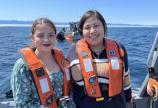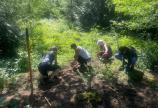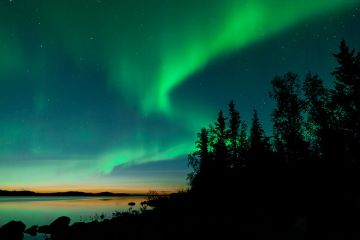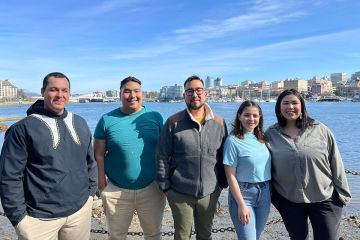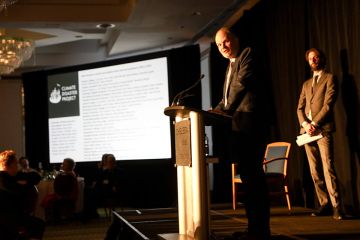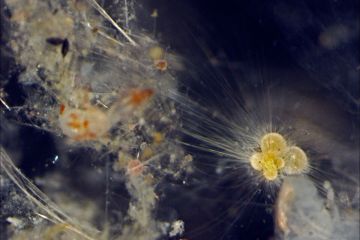Inuit youth climate action summit
- Anne MacLaurin
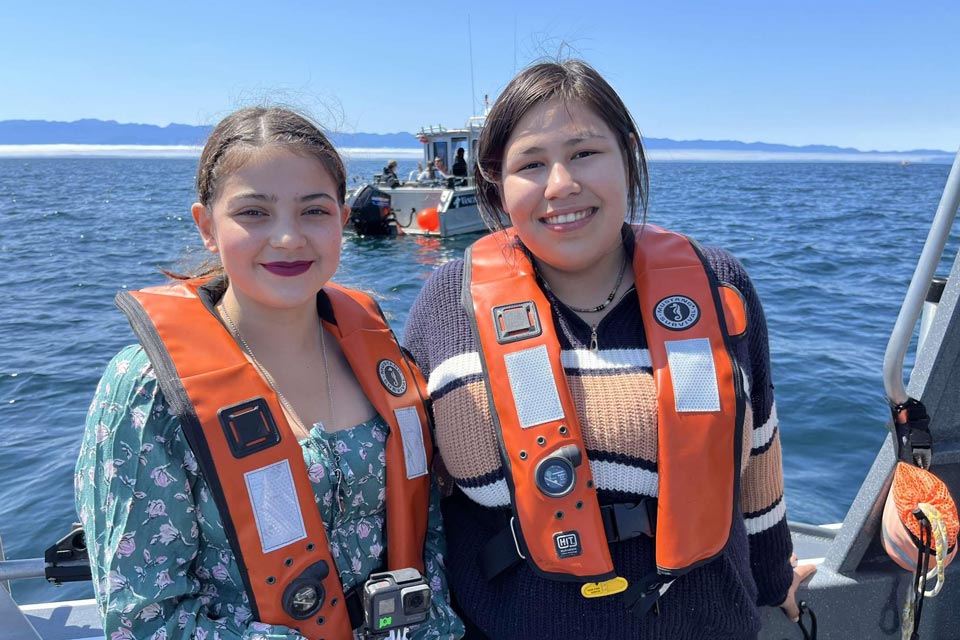
A summit of young Inuit leaders from Tuktoyaktuk, Northwest Territories, chose UVic to exchange ideas on how Indigenous practices can both provide solutions to the changing climate and elevate youth voices.
The summit was part of a larger three-year project, Carving out Climate Testimony: Inuit Youth, Wellness and Environmental Leadership, funded by a POLAR Knowledge Canada/UKRI grant that brings together Inuit youth ages 18 to 24 and UK and Canadian collaborators to trace how unikkausivut (Inuit forms of storytelling) might articulate links between climate change, displacement and mental health.
The project involves multiple UVic collaborators — Maeva Gauthier, Sarah Wiebe, Budd Hall, Heather Castleden and Crystal Tremblay (CIFAL Victoria) — and is led by Jen Bagelman (University of Newcastle, UK) and Karla Jessen Williamson (University of Saskatchewan).
“We’re building on the youth leadership strengths that already exist in these communities but—up until now—have not been resourced efficiently and effectively. These youth guided the research questions and co-designed the workshops,” says Bagelman.
During the summer summit, Inuit leaders explored how storytelling through film, murals and curation can play a role in articulating climate change and supporting mental wellness. They also exchanged knowledge of environmental stewardship with Indigenous communities local to Coast Salish territories.
Seeing these amazing young Inuvialuit becoming true leaders to drive change in their community warmed my heart. I'm so impressed with their proactivity, creativity and initiative in using art to share their feelings about mental health and climate change and drive positive change in their community and beyond.”
“I have no doubt their actions will help increase awareness and connection between communities and within themselves.”
—UVic geography PhD candidate Maeva Gauthier
The Inuit leaders hosted at PEPÁḴEṈ HÁUTW̱ in W̱SÁNEĆ territory were honoured to learn about and contribute to restoration work, as well as spend time at the T'Sou-ke Marine Office, where they learned about Indigenous coastal management.
"I enjoyed my trip—it was one of the best educational experiences I've been on. It was so good to see familiar faces and meet new exciting people. I enjoyed staying on-campus it felt like I was attending school! Also, I love how beautiful Victoria was. I'm glad I went on this trip because I felt like we made a lot of connections," says participant Eriel Lugt.
"I thoroughly enjoyed being on the boats and on the ocean, breathing in the salty air. I also enjoyed decolonizing the land by rooting out invasive plant species. More importantly, I had a different perspective — instead of being the youth this time around, I paid close attention to the youth, what they enjoyed participating in and learning about,” says Dwayne T. Drescher "Atjgaliaq", a master's student and assistant researcher at the University of Saskatchewan.
“This research, and this program is especially dear to my heart because it revolves my people, the Inuvialuit, the issues faced by my people, and it seeks solutions to these specific issues in relation to climate change. Something we only hear will occur in the future, yet we are seeing changes occurring due to climate change before our very eyes on Tuktoyaktuk, my late mother's community, where I was raised as a child and often return to - to harvest animals with my relatives,” adds Drescher "Atjgaliaq".
The Inuit leaders also screened their own film, Happening To Us, at the Legacy Art Gallery, where renowned Inuk activist Siila Watt-Cloutier actively encouraged their work. The film—shown at COP25—was developed previously with Gauthier, filmmaker/mentor Jaro Malanowski and local partners. The Inuit leaders also shared their powerful music video, Don’t Give Up. A visit to the Royal BC Museum introduced the Inuit leaders to Indigenous-led curatorial practices and discussed the repatriation of objects from the Arctic.
At the end of the summit, Inuit participants were presented with a United Nations-accredited certificate through CIFAL Victoria for their leadership in environmental stewardship.
"Spending this time together was an incredible experience; this workshop brought together youth leaders from Tuktoyaktuk, several local Indigenous communities around Vancouver Island, and scholars from several universities in Canada and the UK to share stories, land-based learning and build relationships that have formed a strong foundation for the important work to come,” says Tremblay, community-based researcher at UVic and CIFAL Victoria director.
“CIFAL Victoria is proud to partner on this important initiative recognizing the leadership of youth in addressing climate change and adaptation in northern communities and beyond,” adds Tremblay.
- CIFAL Victoria is part of UVic's commitment to support the UN's 17 SDGs. These goals outline the work that needs to happen to create a sustainable future for our planet.
- In September, UNITAR and CIFAL Victoria published Youth Championing the SDGs — Living with Climate Change, to elevate the voices of youth on a global scale.
Photos
In this story
Keywords: climate, climate action, environment, Indigenous, sustainability, public administration
People: Maeva Gauthier, Sarah Wiebe, Budd Hall, Heather Castleden, Crystal Tremblay
Publication: The Ring

